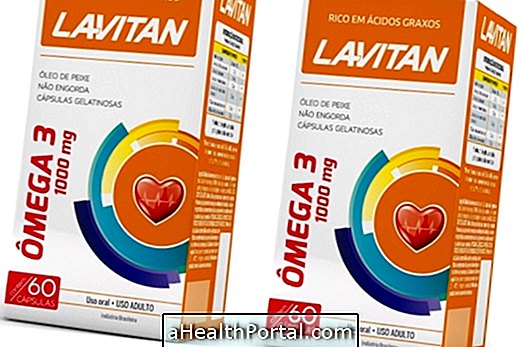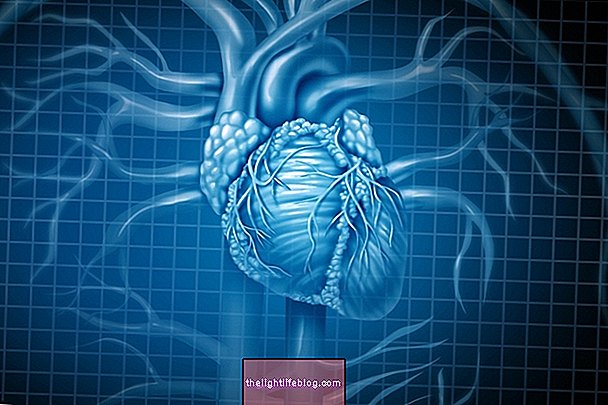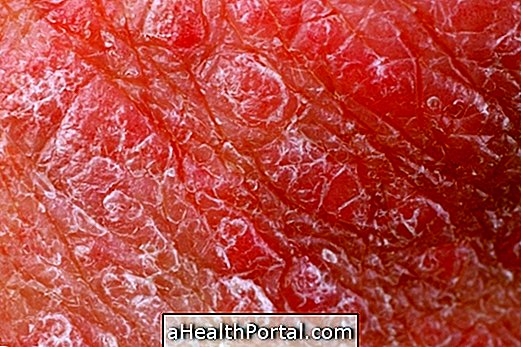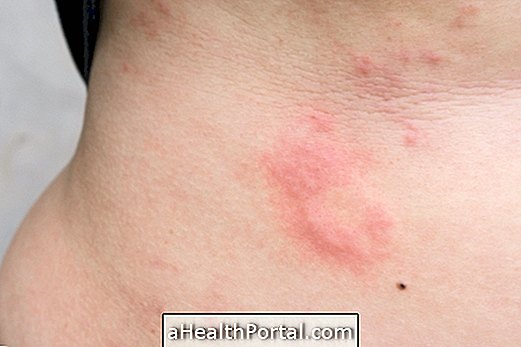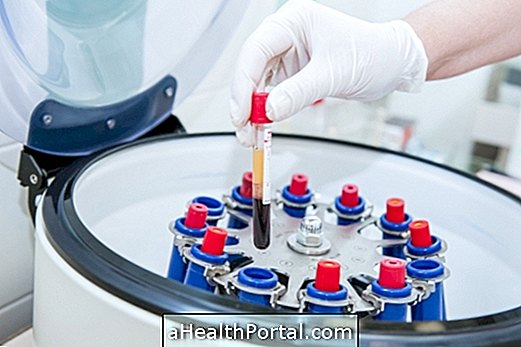To lower the levels of genetic cholesterol, fiber-rich foods such as vegetables or fruits should be consumed at all mealtimes, exercising daily for at least 30 minutes, and taking all medications prescribed by the cardiologist, such as Rosuvastatin or Atorvastatin, for example.
However, these recommendations should be maintained throughout life to avoid the development of serious heart problems, such as heart attack or stroke, which may even occur in childhood or adolescence if cholesterol is not controlled.
Generally, high cholesterol is acquired throughout life due to unhealthy eating habits and a very sedentary lifestyle; however, familial hypercholesterolemia, popularly known as familial high cholesterol, is a hereditary disease that has no cure and, therefore, cholesterol is elevated from birth, as there is a change in the gene that leads to liver malfunction, not being able to remove bad cholesterol from the blood and maintaining its high value, higher than 190 mg / dl.
Treatment for Hereditary High Cholesterol
Although hereditary cholesterol does not have a cure, follow the doctor's instructions to maintain normal total cholesterol, which is up to 190 mg / dl and / or LDL (bad cholesterol) less than or equal to 130 mg / dl to avoid chance of developing heart disease early. Thus, one should:
- Consume fiber-rich foods such as vegetables and fruits daily because they absorb fat. Get to know other fiber rich foods in: Fiber Rich Foods.
- Avoid canned, sausages, fried foods, sweets and snacks, because they have a lot of saturated and trans saturated fat that aggravate the disease.
- Doing physical exercise, such as running or swimming, every day for at least 30 minutes;
- Do not smoke and avoid smoke.


In addition, the treatment includes the use of medications indicated by the cardiologist, which are known as statins, such as rosuvastatin, atorvastatin, among others, and should be taken daily for a lifetime to avoid the onset of cardiovascular disease .
It is also important to remember that the indicated levels of LDL (bad cholesterol) cholesterol may be more rigid, with values lower than 100, 70 or even 50 mg / dl in some people with other risk factors for cardiovascular diseases such as diabetes, high blood pressure, obesity or smoking, for example.
Signs of high genetic cholesterol
Some signs that may indicate that the child or adult has high hereditary cholesterol include:
- More than 310 mg / dl of total cholesterol or more than 190 mg / dl of LDL cholesterol, which is bad cholesterol in a blood test;
- History of a first or second degree relative with heart disease, before the age of 55;
- Fat nodules deposited in the tendons, especially the ankles and fingers.
- Changes in the eyes, which include a whitish opaque arch in the eye;
- Fat balls on the skin, especially on the eyelids, known as xanthelasma.



To confirm the diagnosis of familial hypercholesterolemia, it is necessary to go to the doctor to do a blood test and check the values of total cholesterol and bad cholesterol. Find out what the normal values are for: Cholesterol reference values.
How to treat childhood genetic cholesterol
If the diagnosis of hypercholesterolemia is made in childhood, the child should initiate a diet low in fat from 2 years to control the disease and in some cases may require supplementation of phytosterols of about 2 g, which are natural constituents of plants that help lower blood cholesterol.
In addition, in most cases, it is also necessary to take cholesterol-lowering medications, however, the use of drugs is only started from age 8 and must be maintained throughout life. To know what the child can eat read: Diet to lower cholesterol.
To know what foods to avoid, watch the video:




